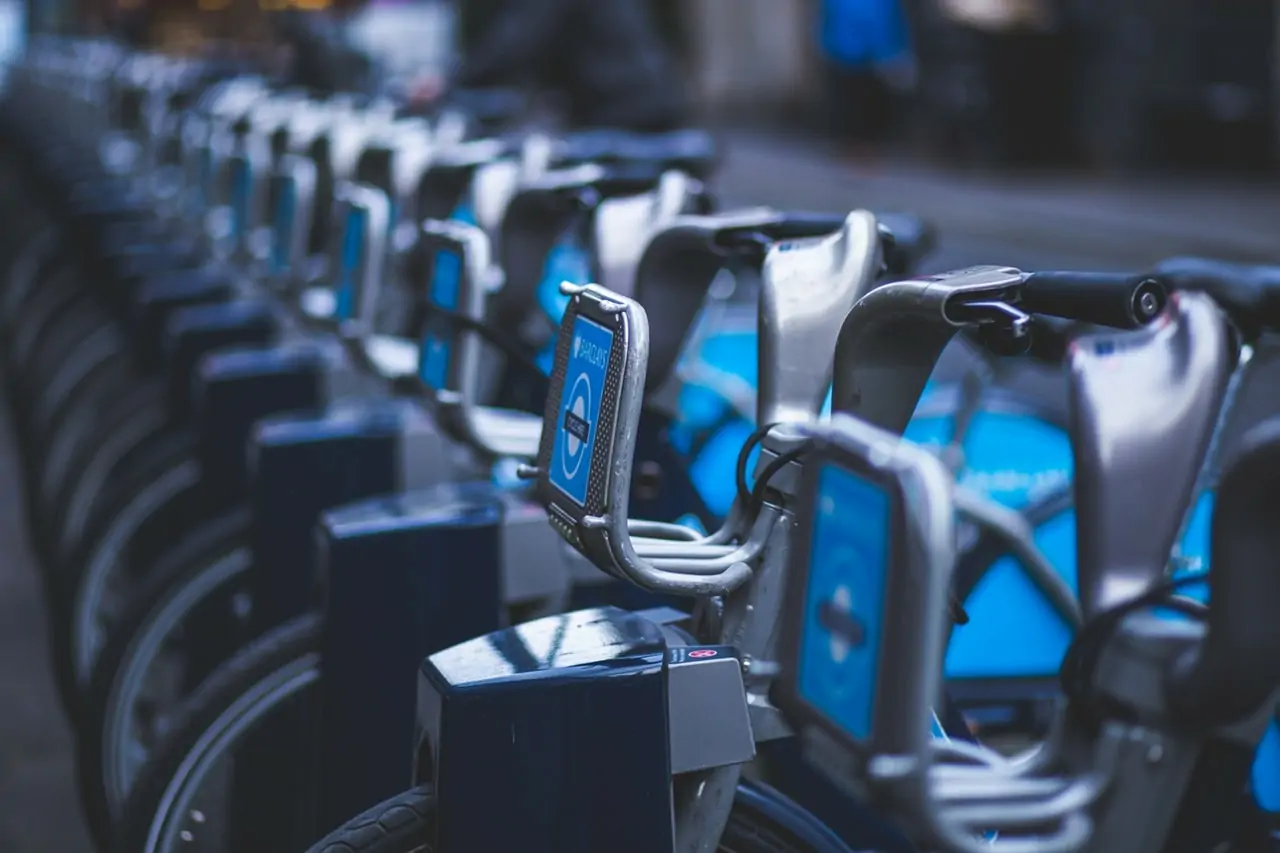
Paying someone who is not VAT-registered: A guide
10 Nov 2021If you are setting up a new business or expanding, one of the decisions you have to make is whether to register for VAT. If your turnover has reached £85,000, the decision is out of your hands – you have reached the VAT threshold and must register. If your turnover is below that figure, you can choose whether to register or not.
Once you have registered, you must charge customers the appropriate rate of VAT on your invoices and make quarterly VAT returns and payments to HMRC. However, if you are not VAT registered or if you are dealing with a customer who is not VAT registered, the situation becomes more complex.
In this article, we explain the process of charging and reporting VAT in different scenarios and outline the steps you need to take to become VAT-registered. We also outline the penalties HMRC might charge if you get the process wrong. Because certain aspects of VAT can be complex, we recommend taking professional advice if you are uncertain how to proceed.
Why register for VAT?
If VAT is so complex, is it worth registering if you don’t have to? There are a number of benefits for a growing business. For a start, it gives your customers and your suppliers the impression that you are a larger, established business and that could be valuable in winning contracts or gaining more favourable terms from suppliers.
It also means that you can reclaim any VAT that you are charged by suppliers — and they will charge you whether you are registered or not.
Set against that the additional administration and accounting you will incur to ensure you operate VAT accounting correctly and accurately, and the fact that you have to make regular payments on time to HMRC regardless of your cash flow position.
Registering for VAT also means that you will effectively be imposing a price rise on your customers. Although they can reclaim the VAT, the psychological impact of the price rise can be potentially damaging to customer relationships.
How to register for VAT
When you decide to register for VAT, you can apply online on the HMRC website. You will then receive a VAT number to use on your invoices and reports to HMRC.
The decision to register can be based on your historic or estimated future turnover. If you have reached the threshold of £85,000, you must register within 30 days of reaching the figure.
If you look ahead and estimate that you will reach the threshold within the next 12 months, you can register at any point before you actually reach the threshold but you must register within 30 days of hitting the mark.
HMRC will determine your Effective Date of Registration (EDR) based on whether you applied to register directly before or after you reached the threshold.
It’s important to remember that the figure of £85,000 must represent taxable turnover – that is for the supply of goods or services that are VAT-rated. Any goods or services not VAT-rated must not be included in the figure.
VAT schemes
When you register for VAT, you have a choice of three schemes, which vary in their reporting and payment requirements:
-
With the annual accounting scheme you submit your VAT returns and payments to HMRC 4 times a year.
-
With the annual accounting scheme you:
-
make advance VAT payments towards your VAT bill - based on your last return (or estimated if you’re new to VAT)
-
submit 1 VAT return a year
-
-
With the cash accounting scheme, the amount of VAT you pay HMRC is the difference between your sales invoices and purchase invoices. You have to report these figures and pay any money to HMRC even if the invoices have not been paid.
-
With the cash accounting scheme you:
-
pay VAT on your sales when your customers pay you
-
reclaim VAT on your purchases when you have paid your supplier
-
-
The flat rate scheme is for businesses expected to reach a turnover of less than £150,000 in the next 12 months. The amount of VAT a business pays or claims back from HMRC is usually the difference between the VAT charged to your customers and the VAT you pay on your own purchases.
-
With the flat rate scheme:
-
you pay a fixed rate of VAT to HMRC
-
you keep the difference between what you charge your customers and pay to HMRC
-
you cannot reclaim the VAT on your purchases - except for certain capital assets over £2,000
-
Charging VAT
Once you are registered and have your VAT number, you must apply the appropriate rate of VAT on every invoice you submit, provided the product or service is VAT rated.
However, before you register, you cannot apply charge VAT to your invoices even if the product or service is VAT rated. If you do, you will incur a penalty charge from HMRC.
By the same token, if you are registered and you do not charge VAT when it applies, you will also incur a penalty.
When you issue invoices, it does not matter if your customer is not VAT registered. You must still collect the VAT and pay it to HMRC. Your unregistered customers will have to pay the full amount including VAT, but they will not be able to reclaim the VAT from HMRC.
When you make your quarterly report to HMRC, you record all the VAT you have charged as an output tax and pay the amount in full.
Related: Understanding VAT on Delivery Charges in the UK
Related: VAT in the food industry
Paying VAT
When you buy VAT-rated supplies from a VAT registered company, you will receive a VAT invoice showing the supplier’s VAT number and the amount of VAT within the invoice total. You must pay the supplier the full amount shown.
If you are VAT registered, you can reclaim the amount of VAT you have paid from HMRC. You record this on your VAT return as input tax and claim a refund.
However, if you buy supplies from a non-registered company, you should not receive a VAT invoice and you must not pay any VAT shown incorrectly on the invoice, even if the items are VAT-rated. If you do pay VAT in error, you will incur a penalty charge from HMRC.
Read More: A guide to correcting VAT errors
Penalties for VAT registration and charging errors
HMRC has a range of penalties relating to registration and charging. You must be aware of the key dates for registration so that you meet their requirements. Your Effective Date of Registration (EDR) will be determined based on whether you applied to register directly before or after you surpassed the threshold. If you fail to apply at the right time, you risk penalties for late registration.
If you registered Penalty rate
Not more than 9 months late 5 percent
More than 9 months but not more than 18 months late 10 percent
More than 18 months late 15 percent
There is a minimum penalty of £50.
Charging VAT too early also incurs penalties. Legally, you’re not permitted to charge VAT to customers before you’ve registered for VAT. The penalty for charging VAT when not registered can be up to 100 percent of the VAT on the invoice. There’s also a minimum penalty of 10 percent for charging VAT ahead of schedule. This penalty applies even if you inform HMRC that you’ve committed a mistake.
Support from Accounts and Legal
This is a brief outline of the rules on VAT registration and administration. If you would like professional advice on any aspect of VAT, or would like confirmation that you are complying with HMRC’s VAT rules, our team of experienced tax accountants will be glad to help.
To find out more, please contact us at info@accountsandlegal.co.uk. You can also get an instant accounting quote here.






















